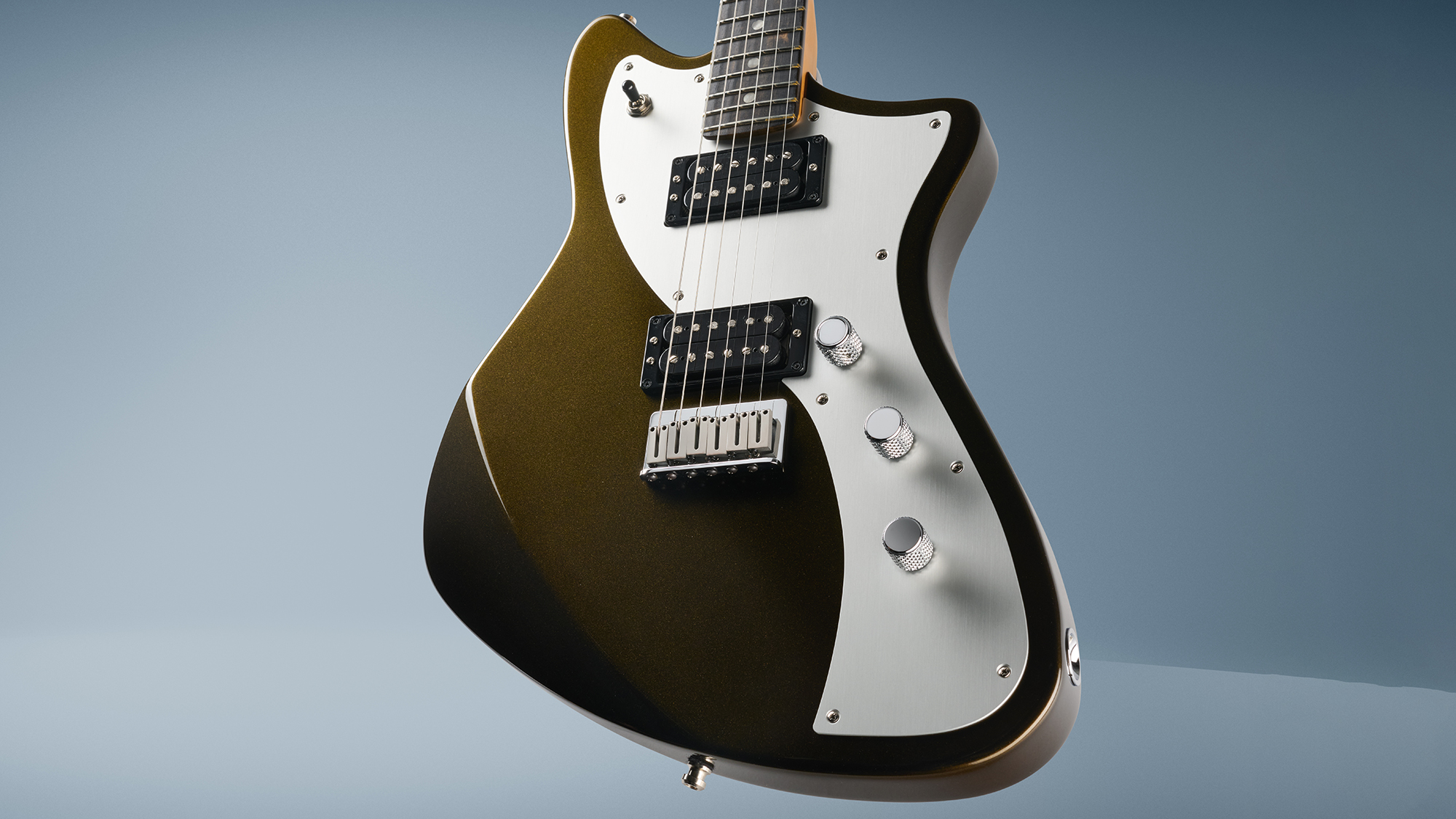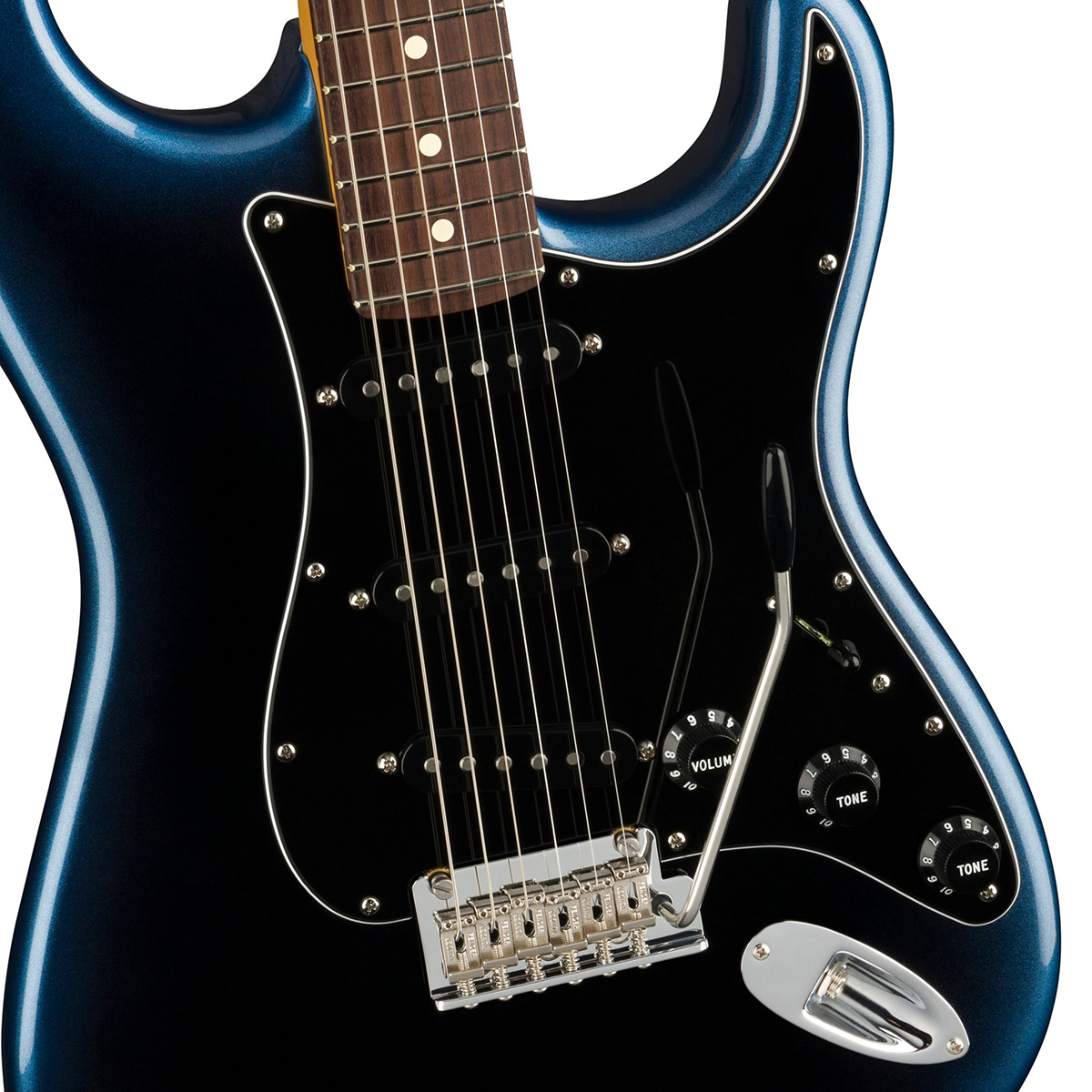“This is an example of us pushing the boundaries of finishes. This is not traditional Fender in any way, shape or form”: Fender reveals its most successful modern finishes – and why it was worth the struggle to create them
Fender's Director of Product Management takes us behind the considerations that go into creating a brand-new colorway – and names the legacy brand's most popular finishes

Guitar finishes not only protect the very instrument they’ve been applied to – they also play a huge role in both enhancing its visual appeal and creating a distinct identity.
Whether it’s Rory Gallagher’s 1961 Strat with its accidental relic’d finish, Jimi Hendrix’s white Woodstock 1968 Strat, or Taylor Swift’s purple/pink Gibson acoustic from her Lover era, aesthetics are crucial in giving the instrument – and, by extension, its player – a unique and instantly recognizable quality.
Finishes are also an area where legacy and newer guitar brands alike can experiment. With its own forward-thinking ranges, Fender is one such example of a firm that looks to push its visual boundaries where appropriate.
As Allen Abbassi, Fender’s Director of Product Management, explains in an upcoming interview with Guitar World, color trends evolve, and experimenting with slightly off-kilter and out-of-the-box finishes can pay off in a big way.
“’Burst, black and white tend to always be the top three most popular colors, but in recent years, we saw white overtake black, and now blue is more popular than black,” he says.
“And then we kind of use that information and apply it to the new stuff that we're doing, because you can just look back and see how many red, blue, or green Strats you sold, and then take that information for what it's worth, and use it on the next series.”
Over the past few years, Texas Tea, from the American Ultra series, has become one of Fender’s breakout stars. It’s an attractive, “very metallic and modern-looking” finish that, depending on the light, can appear either black or a stunning golden-greenish-brown hue.
All the latest guitar news, interviews, lessons, reviews, deals and more, direct to your inbox!
“This is an example of us kind of pushing the boundaries of finishes. This is not traditional Fender in any way, shape, or form,” Abbassi continues. “That's one that we didn't know was going to be so popular.
“We liked it because we took a lot of time to develop it. We had four or five different versions of it, where we said, ‘No, not right... No, no, no.’ And all of a sudden we got that one and said, ‘That's it!’ And you wonder if it's going to work or not, but that became one of the most popular colors.
“That's why it suits Ultra II so well. It's because it's kind of a more modern, forward-thinking finish that caught on like wildfire with Ultra I. That was definitely just as equally popular as the ’Burst and why we carried it over into this series.”

The popularity of the Texas Tea finish – as well as Dark Night from the American Professional II series, and Mocha Burst and Cobra Blue from the OG Ultra – perfectly encapsulates how closely linked color development is to understanding the target audience.
According to Abbassi, the team puts the player and the guitar style front and center, and goes to great lengths to ensure that each concept and color aligns with the theme, players, and series.
Fender applies this rationale to each and every series and product in the works – and doesn't shy away from taking inspiration from more unlikely sources that still link back to its heritage.

“What we did on the Player II series was we looked at car colors, but not sports cars. We looked at vintage car colors. The Birch Green in particular seems to have been [the] one that has appealed to people quite a bit, and that's a color we never used before.”
He concludes, “Fender always had a close connection with automobile colors. Ever since Leo's day, he would just take Surf Green off of a Thunderbird and throw it on the body of a Strat. We still carry that ethos through today.”
Guitar World's full interview with Allen Abbassi will be published later this month.
Janelle is a staff writer at GuitarWorld.com. After a long stint in classical music, Janelle discovered the joys of playing guitar in dingy venues at the age of 13 and has never looked back. Janelle has written extensively about the intersection of music and technology, and how this is shaping the future of the music industry. She also had the pleasure of interviewing Dream Wife, K.Flay, Yīn Yīn, and Black Honey, among others. When she's not writing, you'll find her creating layers of delicious audio lasagna with her art-rock/psych-punk band ĠENN.


